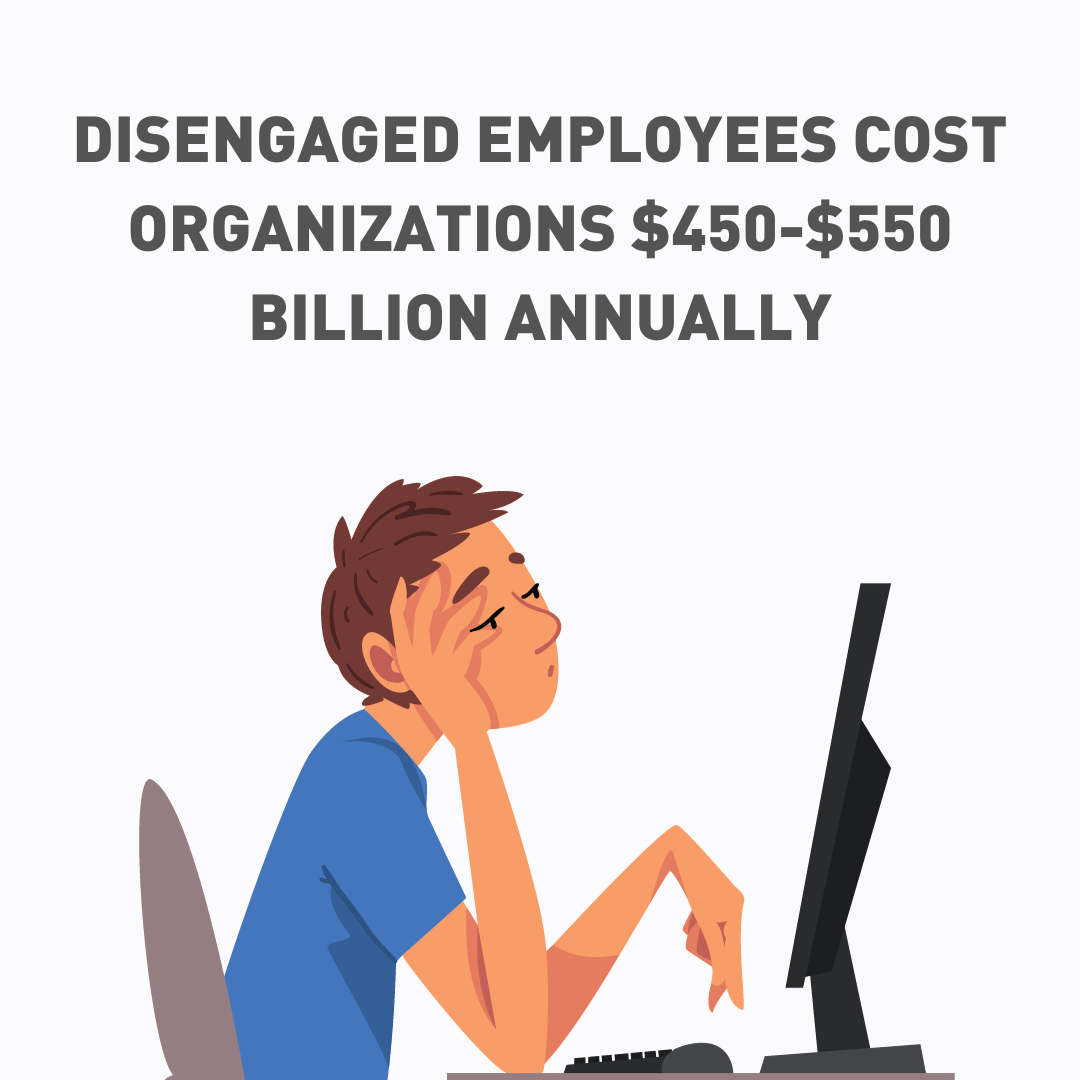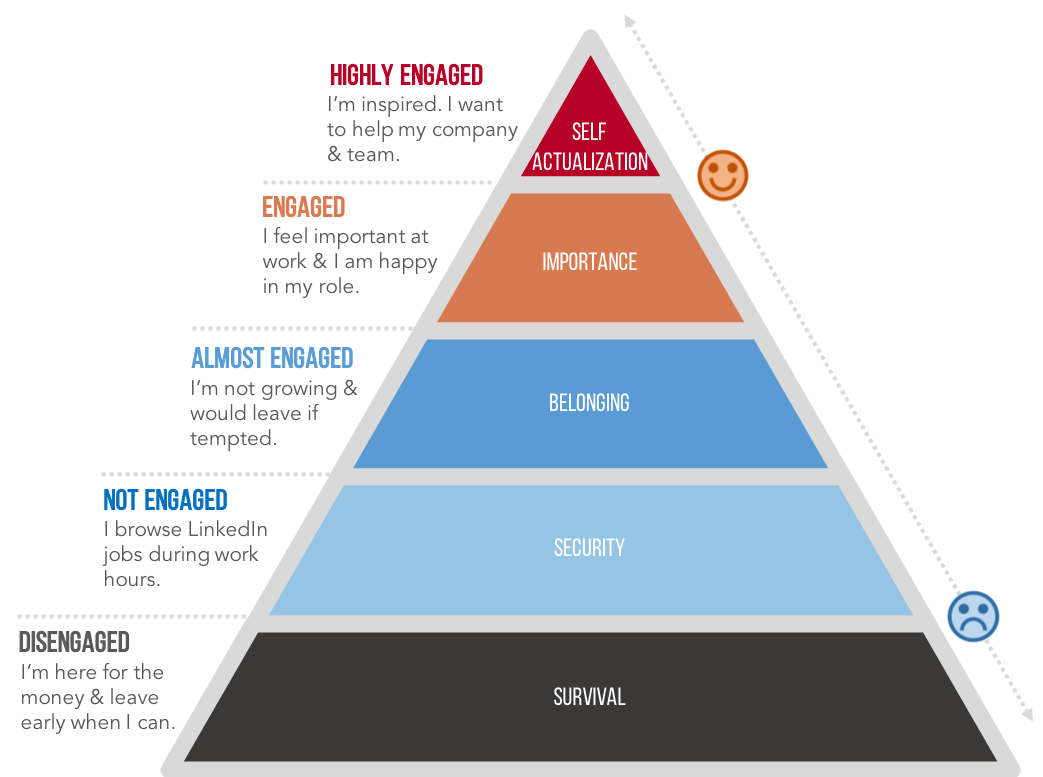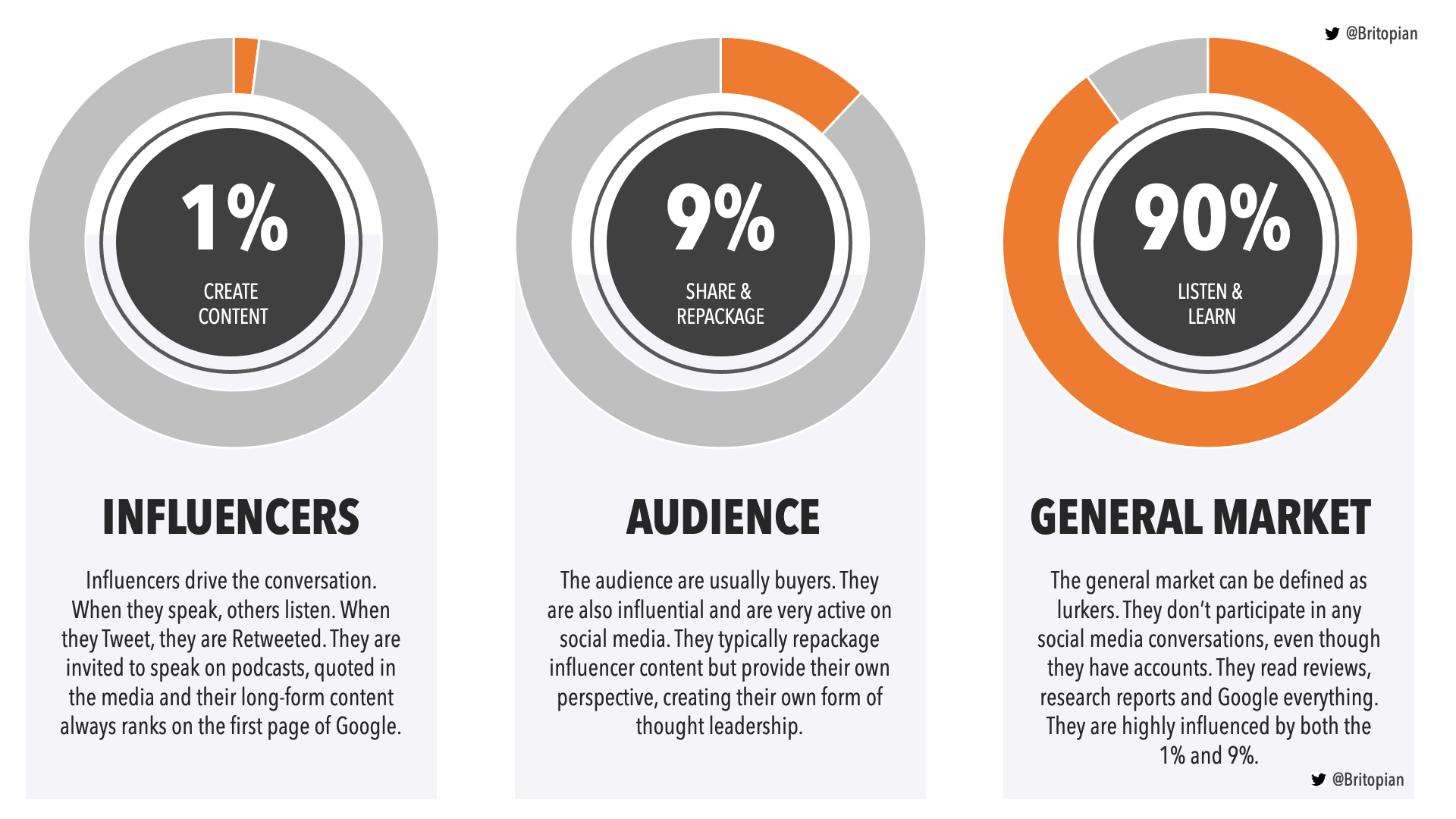Critical Insights: Maslow’s Hierarchy Of Needs
- Models provide perspective. Maslow’s hierarchy offers a valuable framework for cultivating employee engagement. The model aligns engagement levels with stages of human needs, providing a perspective on nurturing greater connectivity.
- Measurement requires blending. Quantifying engagement requires a multifaceted approach, blending surveys, productivity metrics, and other data for a complete picture. Purely numbers-driven or qualitative views have limitations.
- Advocacy comes from engagement. Highly engaged employees exhibit tremendous brand affiliation and advocacy potential, becoming amplifiers. Identifying and fueling their passions maximizes this effect.
- Content alignment is key. Creatively aligning internal content strategies to brand narratives ensures employees receive toolkits synchronized with external initiatives. This surrounds customers with reinforcing touchpoints.
- Technology follows strategy. Don’t let technology lead employee advocacy plans. Thoughtfully evaluate solutions based on integration, support, and vendor viability beyond basic features.
- Compound gains uplift organizations. While self-actualization is rare, small progress uplifting engagement across an organization compounds. Even modest gains lead to better productivity, innovation, and culture.
In 2014, HR Zone published an article that used Abraham Maslow’s Hierarchy of Needs applied to employee engagement and how it can be implemented within an organization. I adapted the model further to explain the next level of engagement—employee advocacy. This employee engagement model was also published in my last book, Participation Marketing. Before we jump into Maslow’s Hierarchy of Needs Employee Engagement Model, let’s first explore some definitions.
What is Employee Engagement?
Employee engagement is a workplace strategy that fosters a positive culture where employees feel actively committed to their organization’s goals and values. Engaged employees are motivated contributors who think their work is meaningful. They also build strong connections with colleagues and leadership.
Why Employee Engagement Matters

Engaged employees are likelier to stay at their company, drive innovation, and go above and beyond to see their organization succeed. Their passion and dedication lead to higher productivity. Employee engagement also boosts customer satisfaction, as engaged staff provide better service and reflect positivity that rubs off on clients.
Disengaged employees cost organizations $450-$550 billion annually in lost productivity. Building an engaging culture reduces turnover and absenteeism while catalyzing performance.
How to Improve Employee Engagement
- Open communication from leadership
- Opportunities for growth and development
- Build a Culture of trust, belonging, and appreciation
- Empowerment in decision-making
- Focus on employee wellbeing and work-life balance
- Feedback mechanisms like surveys and open doors
- Rethinking policies around remote work
- Physical workspace enhancements
Getting employees engaged requires aligning individual aspirations with organizational objectives. Workers want to feel their contributions matter. Thoughtful engagement strategies that put people first motivate them to do their best work.
Maslow’s Hierarchy of Needs Applied to Employee Engagement
| Level | Needs Level | Behaviors | Advocacy Potential |
|---|---|---|---|
| Disengaged | Survival | Come in late, leave early, cut corners, bad attitude | Zero |
| Not Engaged | Security | Do least required, don’t interact much, casually looking | Very Low |
| Almost Engaged | Belonging | Likes their job, engages with team, takes pride in work | Ripe and ready with support |
| Engaged | Importance | Understand role in company goals, have tools to succeed | Very High with relevant tools |
| Highly Engaged | Self-Actualization | Inspire others, already sharing enthusiasm | Unlimited – Identify them now |
As you can see at the bottom of the Maslow pyramid, the basic needs are food and shelter. For an employee, survival is paying the bills, mortgage, groceries, and everything. At the top of Maslow’s pyramid is self-actualization, or reaching one’s full potential.
For an employee, it’s their affinity for the company, brand, leadership, colleagues, and vision. The employee engagement model below is an excellent way to think about a company’s relationship with its employees and their attitude toward the company they work for.

Here’s a closer look at each stage of Maslow’s Hierarchy of Employee Needs applied to employee engagement, working from the bottom to the top.
Engagement Level: Employees are Disengaged
- Survival: These employees are here for a paycheck. They come in late, leave early, and cut corners. They don’t reply to emails, are slow to complete tasks, and have a terrible attitude. They don’t enjoy their work, co-workers, or managers. They are interviewing elsewhere.
- Employee Advocacy Potential: Zero. Attempting to enlist these employees in a program will backfire in more ways than you can imagine.
Engagement Level: Employees are not Engaged
- Security: These employees do the least of what’s expected of them. Nothing more, nothing less. They don’t speak up in meetings, interact with their teams, and rarely join team outings. They are casually looking through LinkedIn for new job opportunities.
- Employee Advocacy Potential: Very low. These employees aren’t motivated and won’t be active or positive. Put your focus on engaging with them first and try to understand if the issue can be fixed.
Engagement Level: Employees are Almost Engaged
- Belonging: These employees like their jobs and engage with their teams. They take pride in where they work but don’t quite tell others about it yet.
- Employee Advocacy Potential: Ripe and ready. But these employees will remain silent without support, encouragement, and empowerment.
Engagement Level: Employees are Engaged
- Importance: This group understands its role in helping the company achieve its business goals. They know what’s expected of them and have the tools, support, and leadership to do the job.
- Employee Advocacy Potential: Very high as long as they have the tools that map their functions and business goals. They’ll immediately appreciate and leverage content that ties to their goals and objectives and share it on their social channels.
Engagement Level: Employees are Highly Engaged
- Self-Actualization: These employees have made the company’s mission their own. They inspire others and are inspired by the company, its products, and their co-workers. They’re already sharing their enthusiasm and telling the company story in their own words.
- Employee Advocacy Potential: Unlimited! Identify these people now because they’ll blaze trails for your program.
Measuring Employee Engagement
| Metric | Examples | Pros | Cons |
|---|---|---|---|
| Quantitative Metrics | Participation rates, Productivity stats, Survey responses | Clear, observable data, Easy to track consistently | Fail to capture nuance, Lack rich context |
| Qualitative Insights | Focus groups, Interviews, Workspace observations | Reveal contextual details, Uncover root causes | More effort to gather, Harder to analyze |
Effectively cultivating employee engagement requires a multifaceted measurement strategy encompassing quantitative data, qualitative insights, and blended approaches. Thoughtfully selected metrics shine a light on engagement from different perspectives.
Quantitative Metrics
Quantitative metrics provide concrete, observable indicators of employee engagement levels. While easy to track consistently, they sometimes fail to capture the nuanced qualitative factors influencing engagement. Useful examples include:
- Participation rates in optional activities like wellness programs, employee resource groups, hackathons, and volunteering initiatives. Higher participation signals greater engagement and company affinity.
- Productivity statistics include sales conversions, customer support case resolutions, revenue per employee, and output per worker. Increasing productivity often correlates with greater engagement and motivation.
- Standardized survey responses to recurring questionnaires like the Employee Net Promoter Score (eNPS) and Gallup’s Q12 engagement survey. These gauge satisfaction, loyalty, advocacy, meaning, and other engagement dimensions.
Quantitative metrics deliver clear, observable data points. However, the numbers lack contextual insights into underlying reasons, perceptions, and influences. A combination of quantitative tracking and qualitative data provides the fullest perspective.
Qualitative Insights
While more effort is needed to gather and analyze, qualitative insights provide invaluable context into how employees truly think and feel. This delivers a more holistic view of engagement beyond what quantitative data alone can capture. Useful qualitative data includes:
- Focus groups that explore employee attitudes, concerns, motivations, ideas, and perspectives in an open discussion format. The organic conversation reveals deeper influences behind engagement.
- Interviews with individual employees across different roles, tenures, teams, and demographics. One-on-one conversations uncover specific viewpoints you can’t glean from group discussions.
- Workspace observations of employee behaviors, interactions, workflows, and overall work environment. Watching real work in action provides a perspective distinct from what employees self-report.
Qualitative data surfaces themes, stories, and details that complement quantified metrics. Listening to employees in their own words better connects leadership to the day-to-day lived experiences shaping engagement. This holistic insight informs impactful culture and policy changes.
Blended Approaches to Measurement
Truly understanding employee engagement requires blending quantified metrics with experiential insights from qualitative data. This multifaceted approach leverages the strengths of each method for a comprehensive picture.
For example, organizations can link themes uncovered in focus groups and interviews to survey response trends. This sheds light on the stories and root causes behind the numbers.
A mixed methods approach also enables correlating productivity data like sales or case resolutions to related engagement survey scores and feedback themes. The blended data fuels targeted action planning.
A diverse measurement strategy recognizes employee engagement as a complex, evolving driver requiring both data-driven metrics and human-centered perspectives. Blending quantitative and qualitative methods provides the complete, textured view needed to drive meaningful action.
This multifaceted approach empowers organizations to grasp engagement in all its complexity. With holistic insight, leaders can implement high-impact policies, programs, and culture changes to motivate employees.
More Thinking About Maslow’s Employee Engagement Model

Maslow’s Hierarchy of Needs applied to employee engagement is just a model, not an exact science. Not all your employees will ever reach self-actualization; you must be okay with that. A standard benchmark I use is that 1% to 10% of your employees have the potential to reach a portion of this level at some point in their career, even if their job with your company is short.
You cannot forget about the other 90%, either. They still matter, even if some never become employee advocates. They could move up the employee hierarchy ladder with the proper support, mentorship, and leadership. This is critical to the future and health of your brand. As they become more engaged, they will naturally produce a higher quality of work. High-quality work translates to a better product, innovation, process improvement, and a thriving culture.
For any employee advocacy program to produce results, there are three essential steps to consider before you jump in head first:
- Operationalize a plan: Obvious, right? But it’s not as easy as it sounds. Identifying the right employees, coordinating with internal stakeholders (Legal, IT, HR), begging for a budget, and training are all initiatives that must be considered and planned.
- Align employee content strategy to the brand narrative: Employee content must be aligned with a larger brand narrative. Doing so will ensure you surround your customers with trusted brand stories at every touch point.
- Invest in the right technology: Don’t make this your first decision. Be smart at which vendor you invest in. Ask questions about their development roadmap, acquisition plans, securing more funding, account management, and integration with other APIs.
Maslow’s hierarchy of needs employee engagement is a model that can be applied to any organization that wants to increase employee satisfaction and culture readiness. It’s also a healthy contributor to a smart B2B branding strategy.
Final Thoughts
Employee engagement remains a complex and evolving challenge, but foundational models like Maslow’s hierarchy provide helpful frameworks. While precise stages may differ across organizations, the core truth holds – that meeting fundamental human needs precedes unleashing higher performance and affiliation.
This exploration of Maslow’s hierarchy applied to employee engagement clarifies that a nuanced, multifaceted approach is required. Quantitative metrics offer data-driven insights, but qualitative inputs reveal the complete story behind the numbers. Blended measurement strategies acknowledge the intricacies of gauging engagement.
While the pinnacle of self-actualization may be elusive for many, the journey remains worthwhile. Thoughtful support, mentorship, and leadership can progressively nurture greater organizational engagement, belonging, productivity, and advocacy—even modest gains compound, elevating culture, performance, and brands.
The strategies and tools for facilitating engagement will continue advancing. But Maslow’s timeless wisdom reminds us that at their core, employees seek what we all do – to have basic needs met, feel valued, find purpose, and maximize our potential. Organizations that genuinely embrace this philosophy will surely prosper. There is no perfect formula; just committed people focused on growth and humanity.
FAQ
Employee engagement fosters a positive culture where employees feel committed to organizational goals and values. Engaged employees are motivated, inspired, and build connections.
Engaged employees drive higher productivity, innovation, loyalty, and customer satisfaction. Disengaged employees cost billions in lost productivity annually.
Strategies like open leadership communication, professional growth opportunities, strong culture, empowered decision-making, wellness focus, feedback channels, remote work, and workspace enhancements.
A model of human needs prioritizing physiological, safety, belonging, esteem, and self-actualization. It provides perspective on employee engagement.
It aligns engagement levels like disengaged and highly engaged to needs stages like survival and self-actualization. This framework helps nurture greater connectivity.
Using surveys, productivity statistics, participation rates, focus groups, interviews, observations, and blended approaches provides a complete data-driven and qualitative picture.
Metrics like participation in optional activities, productivity stats like output, sales conversions, and standardized survey responses like eNPS.
Focus groups explore perspectives, one-on-one interviews across roles, and workspace observations of behaviors, interactions, and environment.
Link survey trends to focus group themes to uncover root causes. Correlate productivity metrics to related engagement survey scores.
Highly engaged employees drive tremendous brand affiliation and advocacy. Fueling their passions maximizes positive impact.
